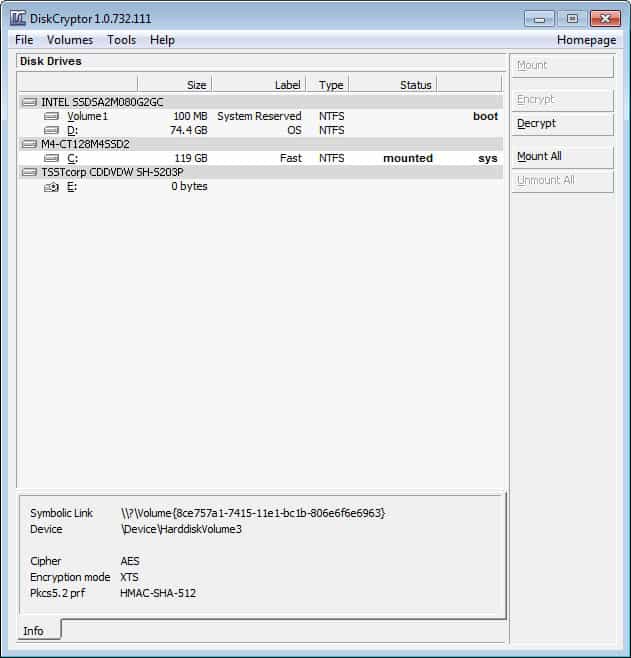
Diskcryptor Portable
Home » IOS APPS IPA • Office APPS IPA » Polaris Office 7.3.8 IPA Cracked for IOS Download FREE Posted in IOS APPS IPA, Office APPS IPA By Joshual King On April 15, 2017 Download Now ( 100% Working Link ).  Home » IOS APPS IPA • Office APPS IPA » SmartOffice 2 v2.4.26 IPA Cracked for IOS Download FREE Posted in IOS APPS IPA, Office APPS IPA By Joshual King On June 2, 2017 Download Now ( 100% Working Link ). Polaris Office 7.1.5 Key for IOS Link Here // Polaris Office 2018 Already 60 Million Users Across The World, Get the Latest iOS Office App For Free. Experience New All-in-One Complete Office Suite compatible with Word, Excel, PowerPoint and Adobe PDF '2014 Best App' awarded by iTunes App Store.
Home » IOS APPS IPA • Office APPS IPA » SmartOffice 2 v2.4.26 IPA Cracked for IOS Download FREE Posted in IOS APPS IPA, Office APPS IPA By Joshual King On June 2, 2017 Download Now ( 100% Working Link ). Polaris Office 7.1.5 Key for IOS Link Here // Polaris Office 2018 Already 60 Million Users Across The World, Get the Latest iOS Office App For Free. Experience New All-in-One Complete Office Suite compatible with Word, Excel, PowerPoint and Adobe PDF '2014 Best App' awarded by iTunes App Store.
Aug 8, 2012 - DiskCryptor is, as the name implies, another encryption software that.  The software furthermore supports a portable mode which DiskCryptor.
The software furthermore supports a portable mode which DiskCryptor.
Discusses perplexing developments connected to TrueCrypt, the popular Windows-based drive encryption program. This post describes my initial exploration of DiskCryptor as an alternative to TrueCrypt. After viewing DiskCryptor’s and, I downloaded and installed its latest version (1.1.846.118; alternate download at ). I would have liked a portable rather than installed version. There had been of that option, but evidently it was not going to be available in the foreseeable future. The download was small; the installation was fast and simple and required a reboot.

Upon running DiskCryptor, one improvement over TrueCrypt was evident immediately: the interface referred to the drives with their user-friendly names (e.g., Toshiba drive F rather than Device Harddisk1 Partition2). Oddly, the two disagreed on the device designation. For example, for the Toshiba hard drive on which my drive F was found, TrueCrypt said it was Device Harddisk2 Partition2, whereas DiskCryptor said it was Device HarddiskVolume9. DiskCryptor offered a handful of options, some of which would be useful to me at times (e.g., Open Explorer on Mount, Cache Passwords in Memory, Wipe Cached Passwords on Exit/Logoff). An odd thing happened, though: when I tried to select the Unmount All on Logoff option, DiskCryptor froze (as shown in this screenshot photograph, capturing the mouse cursor): Not sure what I did to deserve that, but that’s how it stayed.
I killed the program and tried again. I had the TrueCrypt program running, so I killed that before trying. That is, I killed the GUI: I still had some TrueCrypt drives connected and mounted. This time it didn’t freeze. I clicked Cancel, rather than save those setting changes, so as to try it again, with the TrueCrypt GUI running again.
But, sadly, it froze when I clicked that Cancel button. I tried it once more, and this time it worked. No idea what that was all about, but now I had my settings set as desired. Now there was the question of what drive to experiment with. I was willing to try it out on an internal hard disk drive (HDD) plugged into an external dock, connected to the computer via USB 3.0 cable. In that case, nothing lost: it was just a backup drive. There was the alternative of encrypting my program drive, which I had not previously done.
That is, consisted almost exclusively of Windows 7 and other program files that defaulted to being installed there. This arrangement made it possible to keep drive C relatively small, and thus to for speed. My data was on a separate internal HDD — bigger space, slower access. If I decided to encrypt drive C with DiskCryptor, PCWorld offered, and offered a video tutorial. One point to emphasize: create a bootable live CD from within DiskCryptor, so as to have an alternative in case the system became unbootable. But I wondered whether I should experiment with DiskCryptor on drive C.
Was that I would turn on the computer; it would require me to enter the DiskCryptor password as soon as it tried to run software on drive C (i.e., immediately after completing the ); and the password would allow the computer to go ahead and do whatever it wanted to do next. For most people, including me, that next step would be the booting of the operating system. Then, shortly thereafter, I would have to enter my Windows 7 password.
The need for a DiskCryptor password on drive C would arise, for instance, in the case of theft of a laptop. The Windows password would deter a thief who just wanted to see if there was any immediately available information of value, before selling the laptop to someone else. But the Windows password would not deter a thief who had the time to take out the hard drive and plug it into an external USB dock connected to another computer.